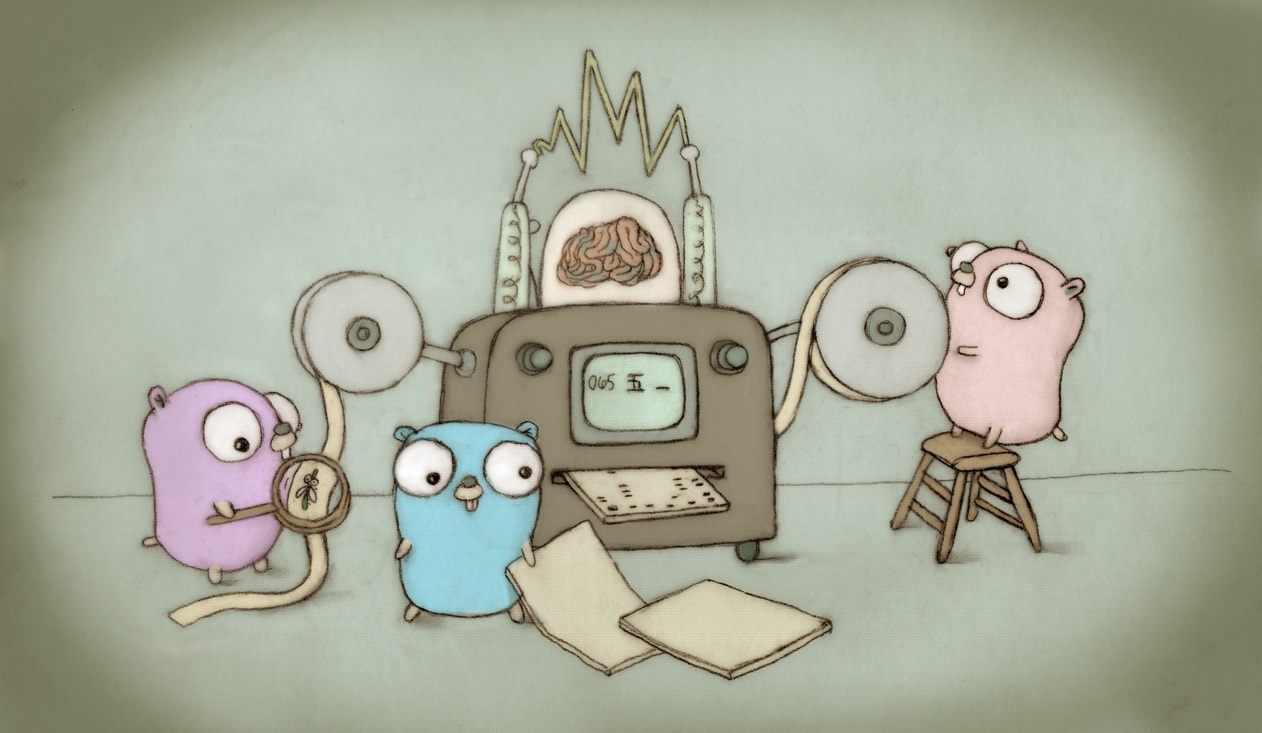This CL makes "go install" behave the way many users expect: install only the things named on the command line. Future builds still run as fast, thanks to the new build cache (CL 75473). To install dependencies as well (the old behavior), use "go install -i". Actual definitions aside, what most users know and expect of "go install" is that (1) it installs what you asked, and (2) it's fast, unlike "go build". It was fast because it installed dependencies, but installing dependencies confused users repeatedly (see for example #5065, #6424, #10998, #12329, "go build" and "go test" so that they could be "fast" too, but that only created new opportunities for confusion. We also had to add -installsuffix and then -pkgdir, to allow "fast" even when dependencies could not be installed in the usual place. The recent introduction of precise content-based staleness logic means that the go command detects the need for rebuilding packages more often than it used to, with the consequence that "go install" rebuilds and reinstalls dependencies more than it used to. This will create more new opportunities for confusion and will certainly lead to more issues filed like the ones listed above. CL 75743 introduced a build cache, separate from the install locations. That cache makes all operations equally incremental and fast, whether or not the operation is "install" or "build", and whether or not "-i" is used. Installing dependencies is no longer necessary for speed, it has confused users in the past, and the more accurate rebuilds mean that it will confuse users even more often in the future. This CL aims to end all that confusion by not installing dependencies by default. By analogy with "go build -i" and "go test -i", which still install dependencies, this CL introduces "go install -i", which installs dependencies in addition to the things named on the command line. Fixes #5065. Fixes #6424. Fixes #10998. Fixes #12329. Fixes #18981. Fixes #22469. Another step toward #4719. Change-Id: I3d7bc145c3a680e2f26416e182fa0dcf1e2a15e5 Reviewed-on: https://go-review.googlesource.com/75850 Run-TryBot: Russ Cox <rsc@golang.org> Reviewed-by: David Crawshaw <crawshaw@golang.org> |
||
|---|---|---|
| .github | ||
| api | ||
| doc | ||
| lib/time | ||
| misc | ||
| src | ||
| test | ||
| .gitattributes | ||
| .gitignore | ||
| AUTHORS | ||
| CONTRIBUTING.md | ||
| CONTRIBUTORS | ||
| favicon.ico | ||
| LICENSE | ||
| PATENTS | ||
| README.md | ||
| robots.txt | ||
The Go Programming Language
Go is an open source programming language that makes it easy to build simple, reliable, and efficient software.
 Gopher image by Renee French, licensed under Creative Commons 3.0 Attributions license.
Gopher image by Renee French, licensed under Creative Commons 3.0 Attributions license.
Our canonical Git repository is located at https://go.googlesource.com/go. There is a mirror of the repository at https://github.com/golang/go.
Unless otherwise noted, the Go source files are distributed under the BSD-style license found in the LICENSE file.
Download and Install
Binary Distributions
Official binary distributions are available at https://golang.org/dl/.
After downloading a binary release, visit https://golang.org/doc/install or load doc/install.html in your web browser for installation instructions.
Install From Source
If a binary distribution is not available for your combination of operating system and architecture, visit https://golang.org/doc/install/source or load doc/install-source.html in your web browser for source installation instructions.
Contributing
Go is the work of hundreds of contributors. We appreciate your help!
To contribute, please read the contribution guidelines: https://golang.org/doc/contribute.html
Note that the Go project does not use GitHub pull requests, and that we use the issue tracker for bug reports and proposals only. See https://golang.org/wiki/Questions for a list of places to ask questions about the Go language.